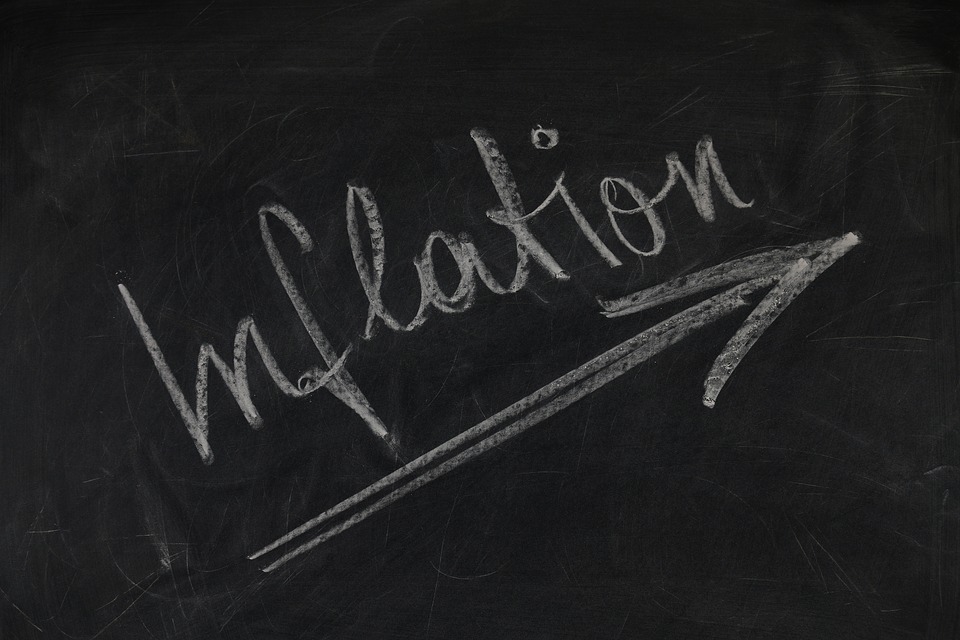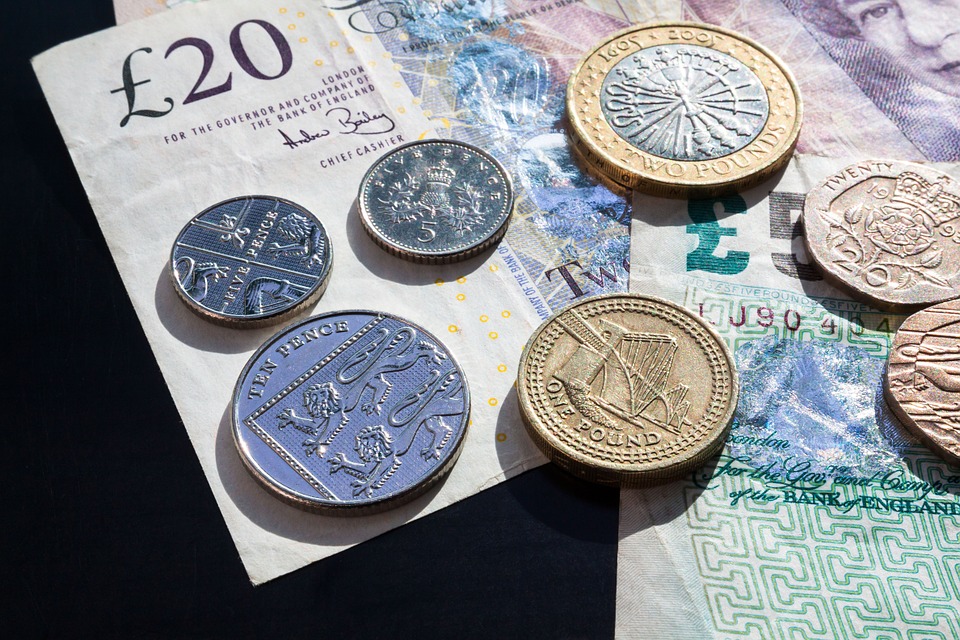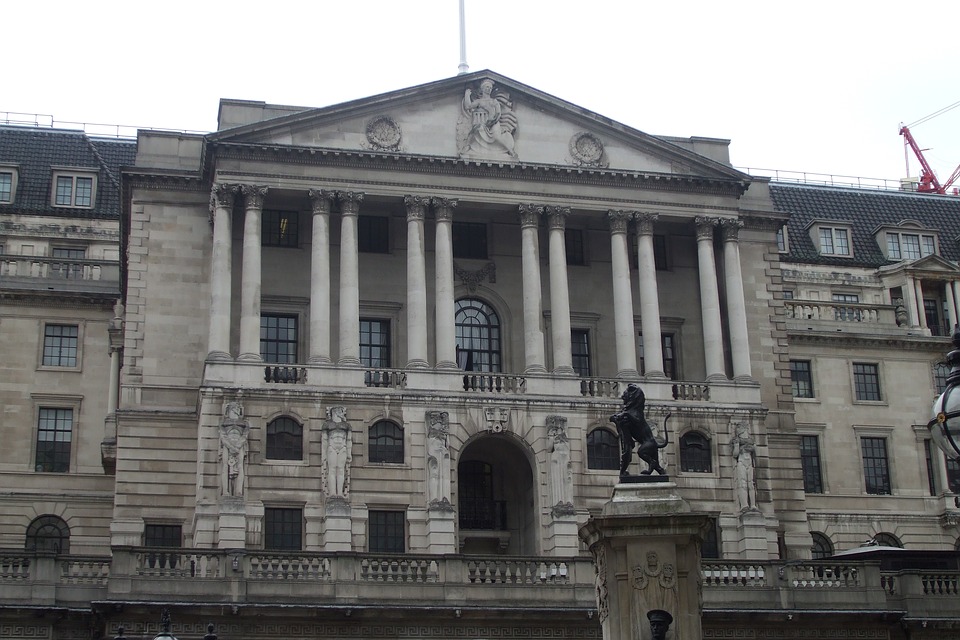Britain’s third largest economic sector, the construction industry, has been mired in recession for three consecutive quarters. Economists are now looking for signs this downturn eased during February.
The UK construction industry enjoyed a surprise boost during February, according to the latest IHS Markit Construction PMI, although “there is little sign of an imminent turnaround in overall growth momentum”.
February’s IHS Markit PMI index rose to 51.4, up from 50.2 in January, when economists had forecast a much more meagre increase to 50.5.
This marks the first rise for the index in three months and, although IHS say the growth outlook remains bleak, it may provide some hope that the three-quarter downturn in the industry is now easing.
The PMI is a survey that measures changes in business conditions in the construction industry from month to month. It asks respondents to rate current conditions across a range of areas including employment, production, new orders, prices, supplier deliveries and inventories.
A number above the 50.0 level indicates industry expansion while a number below is consistent with contraction.
A sudden jump in commercial construction activity was the biggest contributor to February’s gains which, expanding at its fastest pace since May 2017, is notable because the commercial segment made the greatest contribution to 2017’s downturn.
“Civil engineering was the worst performing category of construction work, with activity falling at the sharpest pace for five months. A soft patch for house building continued in February, meaning that residential work remained on track for its weakest quarter since Q3 2016,” IHS Markit says.
“At the same time, strong input cost pressures were reported in February, with higher raw material prices, fuel bills and staff wages reported by survey respondents.”
PMI surveys frequently overestimate economic activity and IHS Markit Construction survey is no different.
The construction survey has printed only one number that is consistent with an industry recession during the last 12 months yet official output data shows the industry has contracted for three separate quarters.
Nonetheless, February’s report rhymes with the changing tone of the latest Office for National Statistics data, covering December, which showed the three-quarter downturn easing a touch in the final month of last year.
Construction is Britain’s third largest economic sector. Much of its earlier weakness was the result of commercial construction being hindered by Brexit uncertainty and oversupply of new office space in key hubs like London.
Residential activity has remained robust, in broad terms, although it has softened a touch of late.
The London market has been an exception to this as stamp duty tax changes and the outcome of the Brexit referendum in June 2016 have both hit demand for prime real estate in the capital.
Friday’s data comes closely on the heels of the IHS manufacturing PMI, which showed the manufacturing index slipping for the third month running as production slowed in February while export order book growth moderated a touch.
It also comes after a flurry of other gloomy news for the UK, the economy and its currency. Nationwide Building Society data released Thursday showed UK house prices falling 0.3% in February, following a brief and surprise pickup in January.
“Month-to-month changes can be volatile, but the slowdown is consistent with signs of softening in the household sector in recent months,” Robert Gardner, chief economist at Nationwide, wrote in a note accompanying the figures.
The mortgage data followed an Office for National Statistics report released last week, showing the UK economy grew slower than was previously thought during the final quarter of 2017.
ONS says UK economic growth was in fact 0.4% during the final quarter, not the 0.5% previously suggested by the ONS, dealing a blow to observers who had cheered a last minute lift in UK economic momentum during 2017.
The annual pace of growth was also downwardly revised, from 1.8% to 1.7%, with the revised number marking a fall from the 1.9% growth seen back in 2016.
That was the result of downward revisions to industrial production figures, due to the closure of a key oil pipeline in the North Sea, and business investment having ground to a standstill.
This data came closely on the heels of the fourth quarter labour market report, which showed the unemployment rate rising for the first time since July 2015. The ONS attributed this to a rise in the participation rate rather than an increase in job losses.
All of this matters for the Pound because it could impact on the Bank of England and its thinking about whether the UK will be able to sustain another rise in interest rates. It hiked the base rate by 25 basis points already, to 0.50%, in November.
For what it’s worth, the fourth quarter growth performance was in line with the BoE’s forecasts and it’s well known now the bank’s primary concern is inflation, which sits stubbornly at 3%.
So far, the bank says it’s taken heart from the broad fall in unemployment over recent years, which is now beginning to push wages higher, and because of this it is less willing to play it cautious by holding back on interest rate rises.
Nonetheless, a further deterioration in UK economic conditions, particularly around unemployment and Brexit, may change this.
Source: Pound Sterling Live











